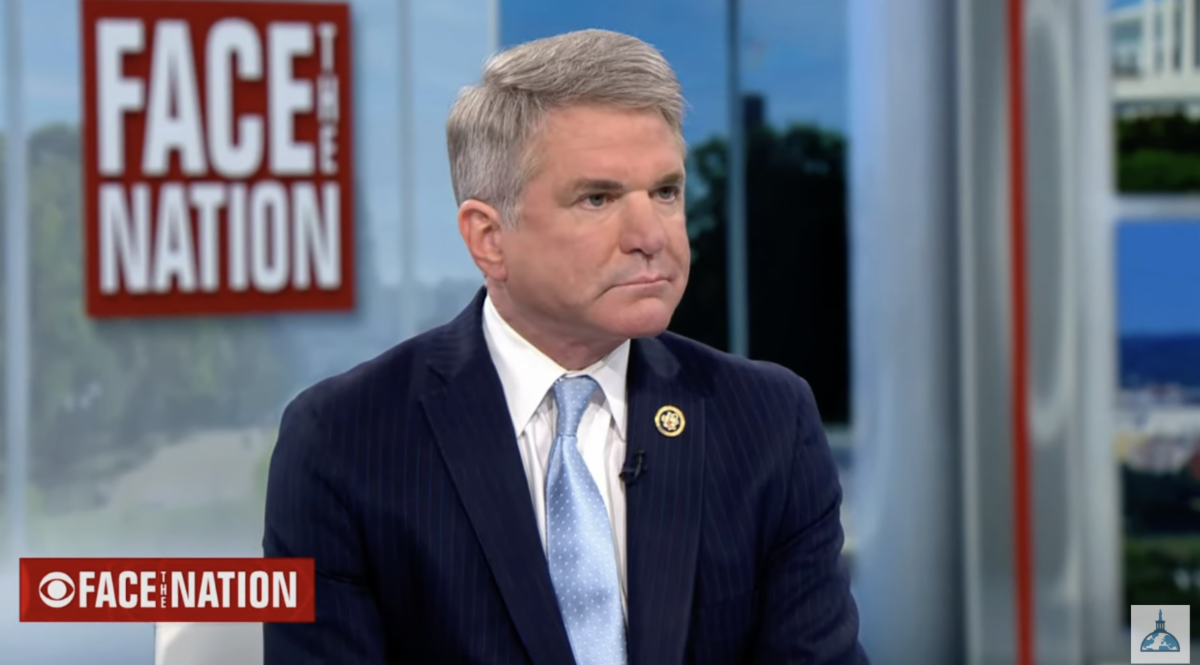US Leadership in AI is Not Guaranteed, But It’s Possible; Here’s How
 The United States is the global leader in artificial intelligence. We have an innovative private sector, world class universities and remain the top destination for international AI talent. However, American leadership is no longer guaranteed. In fact, Eric Schmidt and Bob Work, the chairman and vice chairman of the congressionally established National Security Commission on AI (NSCAI), wrote, “[T]he United States is in danger of losing its global leadership in AI and its innovation edge.”
The United States is the global leader in artificial intelligence. We have an innovative private sector, world class universities and remain the top destination for international AI talent. However, American leadership is no longer guaranteed. In fact, Eric Schmidt and Bob Work, the chairman and vice chairman of the congressionally established National Security Commission on AI (NSCAI), wrote, “[T]he United States is in danger of losing its global leadership in AI and its innovation edge.”
The Chinese Communist Party is the biggest threat to America’s leadership in this realm. The CCP’s strategic aims include becoming the next world power by 2049 and the global AI leader by 2030. In China, AI fuels techno-authoritarianism. The U.S.-China Economic and Security Review Commission’s 2019 report found that the CCP is positioning Chinese firms to become the next AI leaders through “government intervention, market structure and construction of AI enabling infrastructure.”
Through congressional action, we can sustain American leadership and continue fostering innovation. As the former chairman and ranking member of the Information Technology Subcommittee of the House Committee on Oversight and Government Reform, we learned three things: The federal government can accelerate innovation; use of modern technology within federal departments and agencies empowers public servants to create value for the taxpayer; and, rapid technological change creates societal trade-offs. We’ve used these three findings to inform and shape a national AI strategy that allows America to take advantage of technology in a responsible and effective way that reflects our values.
Our national AI resolution recognizes the AI accomplishments of the Obama and Trump administrations, asserts Congress’ critical role in advancing AI in America, identifies the need for a comprehensive AI strategy, and proposes four pillars to guide that strategy, informed by our ongoing collaboration with the Bipartisan Policy Center (BPC).
The first pillar, workforce, is critical because AI will affect all Americans either in the workplace, at home, school or in their private lives. We must enable our workforce to build and know how to use AI systems, but currently the U.S. faces an AI talent gap, limiting our ability to advance AI both outside and within government. Since AI will reshape the way we work, the federal government should prepare the workers and students of today for the jobs of tomorrow.
For mid-career workers, the federal government should rethink the way it looks at education, transforming it into a lifelong learning process. Tools to promote flexibility in the workforce include last-mile training, industry-sponsored credentials and incentivizing skills-based hiring.
For students, the federal government should promote educational equity and opportunity for computer science and STEM. We can do this by up-skilling our current teachers, increasing access to broadband and expanding our existing technology programs.
National security is the second pillar of our strategy because, as the NSCAI believes, AI will change the way we defend America, generate intelligence and fight wars. We should focus and invest research dollars into human-machine teaming, trustworthiness and ethics. Our military and intelligence community should be able to trust their AI systems, and all Americans should trust that those systems will be used ethically.
American allies have been pivotal to the last 70 years of U.S. leadership in international security. When it comes to incorporating AI, that cannot change. We must collaborate with our allies on AI technologies and make those systems interoperable where appropriate.
Our third pillar is research and development because the federal government must continue supporting revolutionary technologies, like AI, as it did with the Internet. The first step is increasing our federal funding for AI R&D. In recent decades, our R&D expenditures have stagnated while China’s have quadrupled.
Computing resources and data are essential ingredients to AI research. The federal government should increase access to existing supercomputing resources for AI researchers and build on the Open Government Data Act to release more datasets.
Our fourth pillar is pivotal to ensuring American values are reflected in this emerging technology. It is ethics. Questions about fairness cannot be defined mathematically. The trade-offs that AI systems will create should be reflective of American values, and Americans’ elected representatives in Congress must be involved. Though AI technology is new, questions about fairness are not. We should use existing regulations as a starting point for the regulation of AI. We already prohibit discrimination in lending based on race. That discrimination is wrong whether it is done by a human or an AI algorithm. Congress already has a natural entry point for promoting the ethical use of AI through its oversight function. Each congressional committee should review the existing regulations in their jurisdiction and include AI policy in their oversight agendas.
This resolution is just the first step. Our project with BPC identifies 78 specific actions, such as those cited above, that will guide America towards responsible AI innovation. It’s the responsibility of every elected official to recognize that our world and our economy are changing. We want America to be a leader. And, to ensure that we are, we must take AI seriously by legislating to promote the benefits of AI while creating limits where appropriate. We look forward to collaborating with our colleagues on both sides of the aisle in making the possibility of American AI leadership a reality.
Originally published on RealClearPolicy.com on September 22, 2020 by Reps. Will Hurd & Robin Kelly.








